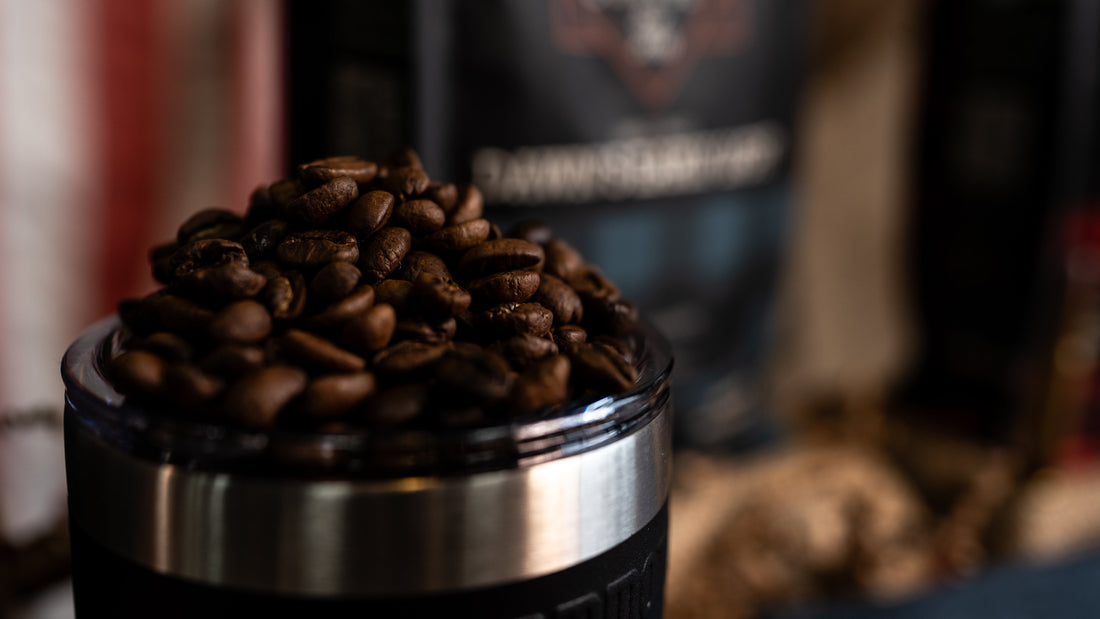
What About Organic?
Share
We often get asked if our coffee is organic — and it’s a great question. The short answer is: while we don’t specifically label our coffee as organic, the roasting process itself makes it incredibly clean and free from unwanted substances.
According to a white paper written in the 1980s by Mike Sivetz, a chemist from Eugene, Oregon, as well as heating and cooking protocols from the FDA and USDA, mold, pathogens, and contaminants are eliminated at temperatures between 165°F and 185°F.
Now, consider this: we roast our carefully selected, clean, and well-sorted coffee beans at 400–500°F for around 15 minutes. That’s far beyond the threshold needed to remove anything harmful. Even if coffee containing mold, pesticides, or other non-organic materials were to enter the roaster — which we make sure it doesn’t — those compounds wouldn’t survive the high-heat roasting process. As Sivetz’s findings explain, any inorganic matter or residue is completely vaporized once coffee reaches around 200°F.
Our roasting process goes much further — typically reaching 425–450°F. This ensures a thoroughly clean cup, both chemically and in flavor.
But there’s more to it than just heat. Our “secret sauce” lies in the slow rate of rise (ROR) we maintain through the 300-degree mark. This careful control releases much of the natural acid in the beans, resulting in a smoother, more balanced taste without the sharp bite that sometimes comes with coffee.
So, when you sip our coffee, you’re enjoying a brew that’s been roasted clean, crafted with precision, and developed to bring out the best flavors possible — no labels required.